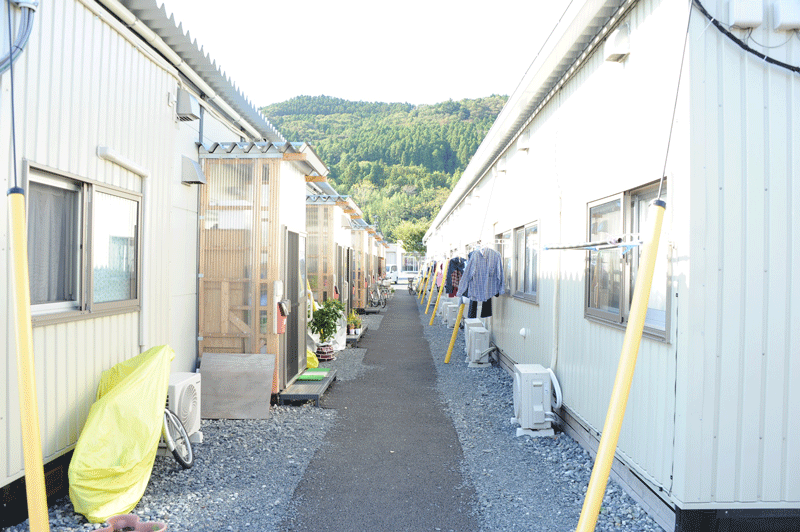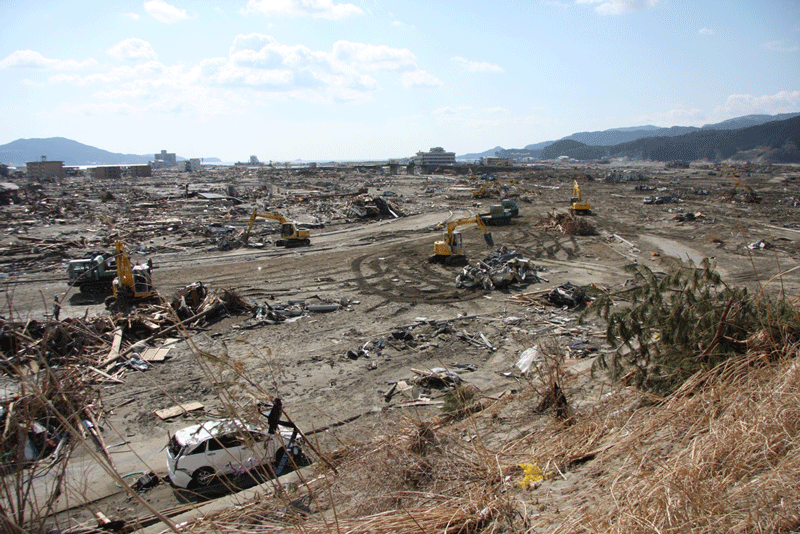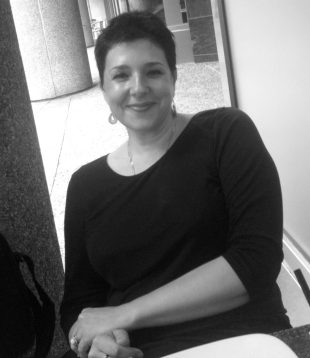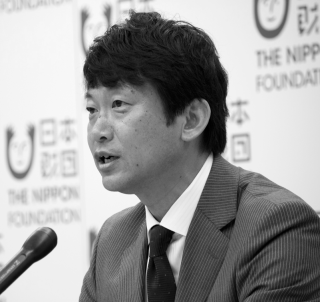Ahead of the fifth anniversary of the earthquake and tsunami of March 11, 2011, we hear the recollections of two people who have dedicated much of their lives to helping the communities of Tohoku as they reach for a “new normal.”
By Matthew Hernon
Amya Miller grew up and went to school in Japan, living here until 1985. She returned just over a quarter of a century later to work as an interpreter for volunteer organizations in Southern Iwate following the earthquake. Noticing the good work the American was doing and the impact she could have internationally, Rikuzentakata mayor Futoshi Toba appointed her as the global public relations director for the town which had been devastated by the tsunami. In addition to Miller’s volunteer work, she speaks at global forums, helps to promote tourism in the area, and has recently coauthored the book “Kamome: The Boat of Hope,” which tells the story of a small vessel that made its way from Tohoku to Northern California.
“At the time of the earthquake I was in Boston, Massachusetts and was sound asleep. I woke up to that sense of being stared at. A friend was staying with us, and I slowly realized there was someone at the foot of my bed. She held out her cell phone sobbing, saying, ‘read this.’ I couldn’t focus, [and] was groggy and cranky, so I pushed her and the phone away.
“When she finally got me awake, my response was, ‘It’s not like there’s anything I can do’ and rolled over and went back to sleep. When I finally woke up, the guilt over those words was overwhelming. I’m fully bilingual, was raised here, am as bi-cultural as they come and knew I could be of help, and to have said that left me with an awful feeling. Oddly enough, it fueled me to act. I knew I could do something. I just had to figure out what it was. Although I’m American, I was born in Japan. In many ways Japan is my home. At least an adopted home. I’m emotionally connected to this place. My childhood memories are here. I knew I could be of assistance.
“Initially, it was about goods and funds. There was such a huge need for people to be able to simply survive and the needs were overwhelming. Over time, it became less about goods and funds and more about mental health, policy, listening, and simply being present. Foreigners are still a rarity in Tohoku, so for many locals seeing an outsider – someone who clearly looks different – gives them that feeling that they are not forgotten. The fact that people have come from afar to help (or in my case to stay) shows locals that they really do matter.
“Rikuzentakata has initiated a real push towards having foreigners visit. The city’s tourism division is serious about attracting people from abroad to the city, both as a place of learning – what to do, not to do in a disaster, how to recover – but also a place where there can be meaningful volunteer opportunities. To connect with locals through work as well as play is also an important message we’re putting out as a city. Yes, of course the money spent in the city is vital, but so are the connections made. The tourism department is pushing hard to make the city’s restaurants and lodging facilities as welcoming and receptive as possible. Foreign language signage is going up all over the city.
“Visits to the region really matter to the locals. A new face, especially a foreign one, shows that someone took the time and spent the money because they wanted to see and meet locals and learn about the place. If your company has large sums of money that’s always welcome, but it’s now less about needing funds and more about needing people. Finding ways to make meaningful connections via travel is significant in the message conveyed as well as the memories it leaves behind.” (Interviewed by Alec Jordan)
Established by Ryoichi Sasakawa in 1962, The Nippon Foundation is a well-known non-profit grant-making organization that uses revenue gained from boat racing to pursue global maritime development and to fund philanthropic activities both domestically and globally. Since 2011 they have provided much financial aid to victims of the earthquake and tsunami, as well as taking the lead in a number of projects aimed at improving living conditions in affected areas. Senior Program Director of the organization, Mitsuaki Aoyagi was one of the leaders of the relief team after the Great Hanshin Earthquake in 1995 and is now the chief manager for the relief effort in Tohoku.
“On the day of the disaster I was off work because of a health check. After picking up my eldest child from elementary school and checking my family were all OK, I watched the horrifying images on TV thinking about what our organization could do. Following the Great Hanshin Earthquake The Nippon Foundation provided a lot of support from a logistical perspective, but that wouldn’t be nearly enough this time. The next day we had a meeting to discuss our plan of action.”
The Nippon Foundation’s early initiatives included giving cash (¥50,000) to anyone who lost a family member. Experts were sent to evacuation shelters to analyze what kind of aid was required. In some cases there was a lack of toilets, so prefabricated ones were sent from Tokyo. Pregnant ladies weren’t being sufficiently provided for, so 2,000 of them were driven to the capital where they could give birth in a safe environment. Camps were also built for families with special needs children as they were concerned about what others might think if their child became agitated during the night.
“In the first two years after the tragedy, our main focus was to support organizations and individuals helping the revival in affected areas. Since 2013, however, we have worked more closely with the victims themselves, assisting them directly as they try to rebuild their lives. The fishing industry, for instance, has suffered greatly since the disaster. We convey our know how and knowledge to fishermen, not just in terms of production, but also processing, circulation and sales. It’s about developing leaders who can stand on their own two feet and make a profit.
“We have also collaborated with a number of companies such as Kirin, Johnson & Johnson and Daimler. These corporations have made huge contributions to the affected areas, helping to revive both industries in the area and communities as a whole. Johnson & Johnson, for example, trained mental health care workers who had been hired by local administrations, despite, in most cases, having little or no experience. They created a structure where the workers could visualize the psychological damage that living in temporary accommodation for a long period can have on individuals.

Temporary housing built by the Nippon Foundation in Ishinomaki shortly after the earthquake and tsunami (photo courtesy of The Nippon Foundation)
“While great progress has been made over the past five years, many tough challenges lie ahead. Rural depopulation, already an issue before 2011, has been greatly exacerbated since the earthquake and tsunami. With other districts in Japan expected to face similar troubles over the next few decades, the Tohoku region can lead the way in showing how best to deal with this kind of problem. In order for that to happen it needs the effort of NGOs, big corporations, regional offices, and the spirit of local people all pulling together in the same direction. Simply providing money isn’t enough and I think more and more companies are beginning to realize this. The direction has changed over time. In year one it was all about relief, in year two reconstruction – now it is about rebuilding communities.”
Main Image: Rebuilding began in Rikuzentakata shortly after the events of 3/11. The recovering is still under way (photo courtesy of Amya Miller)











